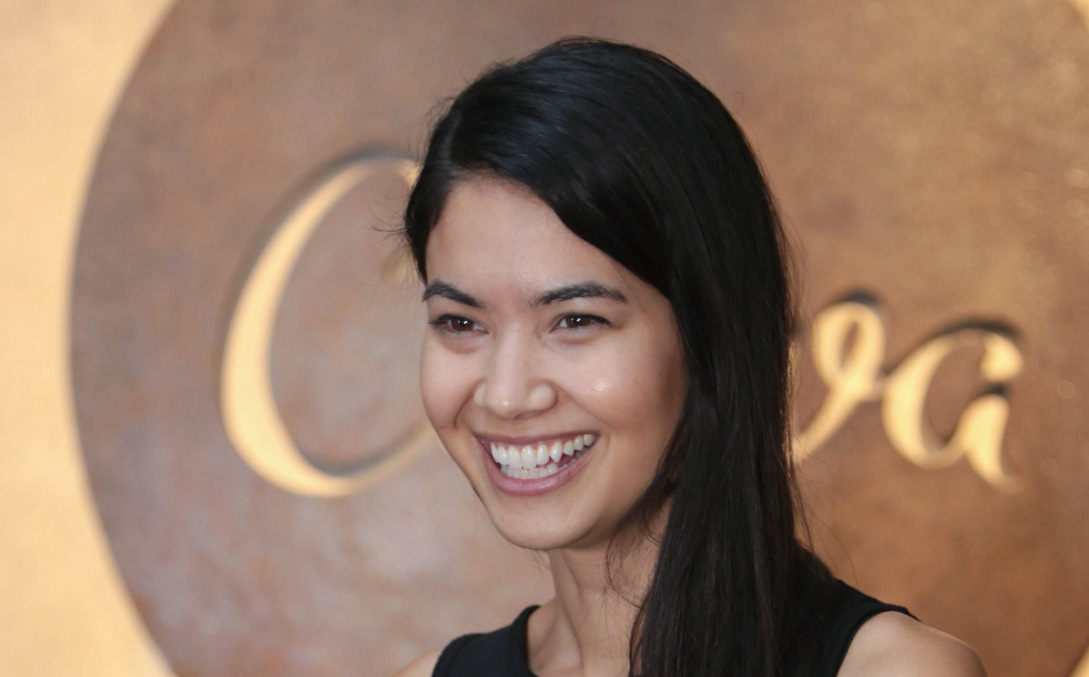Stranded in the strong Caribbean current, Melanie Perkins the soon be to tech mogul had been treading water for hours, her scarred and hurt leg aching. Perkin is not a surfer, nor is she American. This entire scenario was simply a result of an excentric and brave strategy for raising venture capital to fund her new tech startup Canva. Living in Australia, Perkins has little access to large tech startup investors or idea incubators. Her only option, after being turned down from over 100 investors, was to try her hand at receiving funding from a Kitesurfing venture capitalist on vacation in Perth Australia.
Perkins had concocted the idea in her senior year of college, where she realized that designing flyers, business cards, or frankly any “seemingly” easy piece of promotion was overly cumbersome. Needing to piece clunky parts together on Microsoft word, or take a whole class on how to use Adobe, and then convert the thing to a pdf and take it to a print store, to Perkins, was far too complicated a process for the digital age. She immediately began the process of designing a software that she best described as your paper, cards, flyers, or posters as pizza dough, and the graphics, writing, and colors as toppings that are simply added on top of the dough. Her goal was to design an easy to use editing software that required no dedication of time or skill and was also free to use.
She began her entrepreneurial process by creating the software and pitching it to schools as an easy way to make school yearbooks. Putting her education on pause, she got to work printing hundreds of papers for yearbooks that were being shipped across the globe to school in the US and even in France. Quickly she realized that she was going to need venture capital. Unfortunately, growing up in Perth Australia, the investor scene was dismal. However, eventually it came to her attention that a prominent American tech startup investor named Tai was coming to Perth to judge a startup competition and also take the opportunity to enjoy the premium Perth Kitesurfing opportunities. Perkins and her boyfriend Cliff Obrecht (her new business partner) bombarded a party that Tai was hosting by pitching their software to the high profile guests at the party. Perkins and Obrecht left without any money, but they now had a new strategy: learn how to Kitesurf.
The strategy worked and they become regular attendees of Tai’s Kitesurfing events, which allowed both Perkins and Obrecht to fraternize with high level investors and tech executives including a good friend of famous PayPal mafia member, Peter Thiel. Eventually they met Cameron Adams, an exgoogler who believed in Perkins idea. Adams bought into the company. With him on board, the company that was now called Canva raised over $3 million in seed funding. This was the beginning of a revolution in graphic design, where designing any sort of material from promotion material, to online graphics, logos, and even clothing is as easy as dragging and dropping toppings on a pizza.
Today, Obrecht and Perkins are married and are collectively worth $800 million . Their tech giant is a thriving business valued at $3.4 billion, and is now advancing into the corporate space. Unfortunately, since Canva is advertised as a free software, it is very hard to incentivize users to pay extra for a few small upgrades. This aspect stifles the companies profits and growth and Canva has been forced to compete in the currently Adobe monopolized market of professional design. Where this path will lead the company is hard to say. However, what can be said is that Perkins is a true millennial entrepreneur. Her drive and hunger for success drove her to compete in a sport she had no love for, risking her life for a little bit of seed money because she believed so strongly in her idea is a true inspiration and insight for all of us. For the full story, visit Forbes 30 under 30 bio on Melanie Perkins.



This is a great story about young entrepreneurs who willed their business to become successful. Obrecht and Perkins really had to put a lot of work in to get funding initially and they did it in a way that was unique. This shows that things are not black and white in the business world, and you often have to think out of the box in order to become successful.
Through hard work and determination, Oberchet and Perkins were able to start something special. To go far in whatever you do, sometimes you have to get creative and think outside the box, and this is a perfect example of this. Perkins’s story should be an inspiration to us all, and give us hope that we can achieve our goals and dreams if we put in the time and effort. Good work!